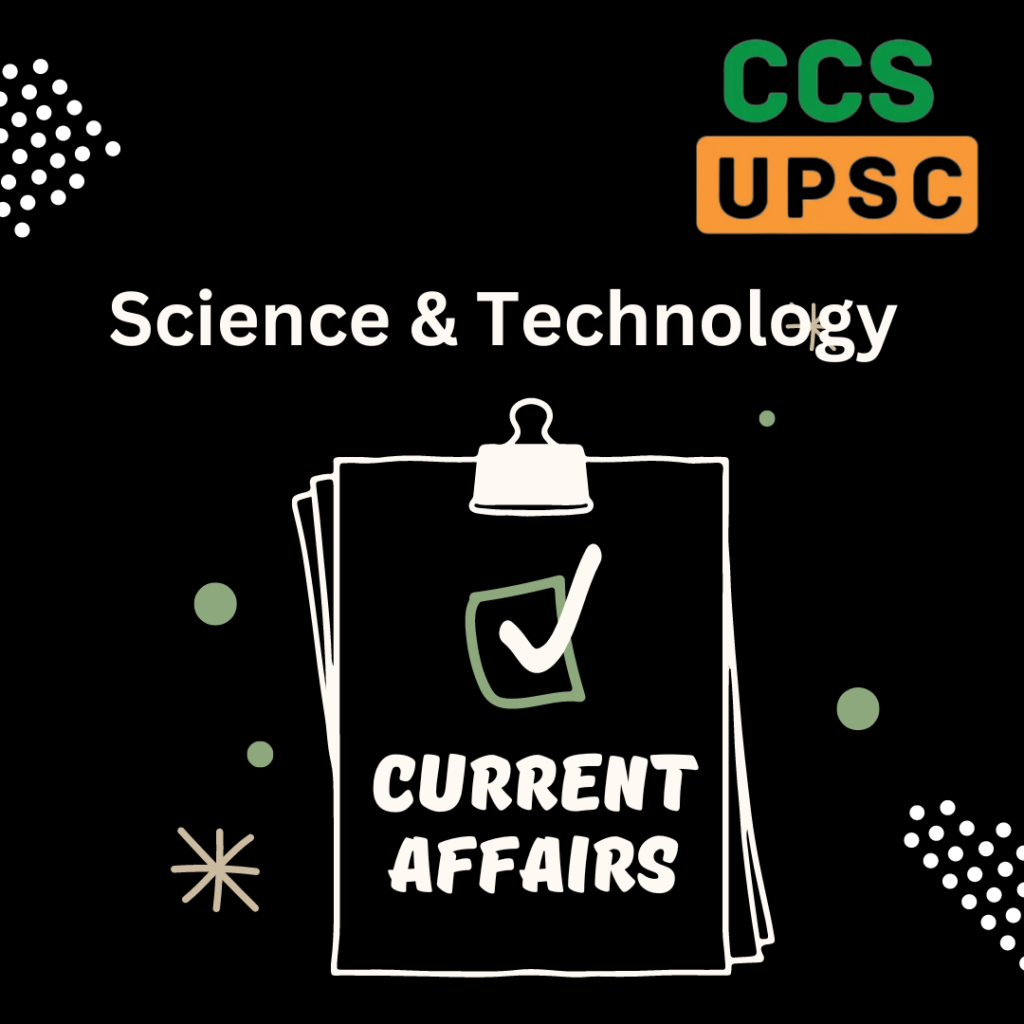In Context
∙ Through more equitable investments, researchers hope menstruation will be recognised as a new frontier in regenerative medicine.
About
∙ Researchers had long hypothesised that the endometrium contained stem cells, given its remarkable capacity to regrow itself each month.
∙ The tissue, which provides a site for an embryo to implant during pregnancy and is shed during menstruation, undergoes roughly 400 rounds of shedding and regrowth before a woman reaches menopause.
∙ But although scientists had isolated adult stem cells from many other regenerating tissues — including bone marrow, the heart, and muscle, no one had identified adult stem cells in the endometrium.
What are Stem Cells?
∙ A stem cell is a cell with the potential to form many of the different cell types found in the body.
∙ When stem cells divide, they can form more stem cells or other cells that perform specialized functions.
∙ Somatic Stem Cells: These are the Adult Somatic Cells (ASCs). They are in bone marrow that makes the blood.
∙ These are found in the liver that give rise to hepatocytes and secretory cells.
∙ There are stem cells in neural tissue that give rise to neurons and astroglial cells.
∙ Embryonic Stem Cells: These are derived in about six- to eight-day embryos, and these are cells with even more potential than the adult cells, because an embryonic stem cell derived in the proper way can give rise to neural cells, muscle cells, and liver cells.
What is Stem Cell Therapy?
∙ Stem cell therapy utilizes the unique properties of stem cells, including self-renewal and differentiation, to regenerate damaged cells and tissues in the human body or replace these cells with new, healthy and fully functional cells.
∙ It is also known as regenerative medicine, promotes the repair response of diseased, dysfunctional or injured tissue using stem cells or their derivatives.
∙ It is the next step in organ transplantation and uses cells instead of donor organs, which are limited in supply.
∙ Stem cells are grown in the labs, these stem cells are manipulated to specialize into specific types of cells, such as heart muscle cells, blood cells or nerve cells.
∙ The specialized cells can then be implanted into a person.
∙ For over 90 years now, hematopoietic stem cell transplantation has been used to treat people with conditions such as leukaemia and lymphoma.
∙ After chemotherapy or radiation therapy wrecks the patient’s healthy cells (along with the cancerous ones), a donor’s healthy bone marrow reintroduces functional stem cells to replicate inside of a patient and to produce additional normal blood cells.


